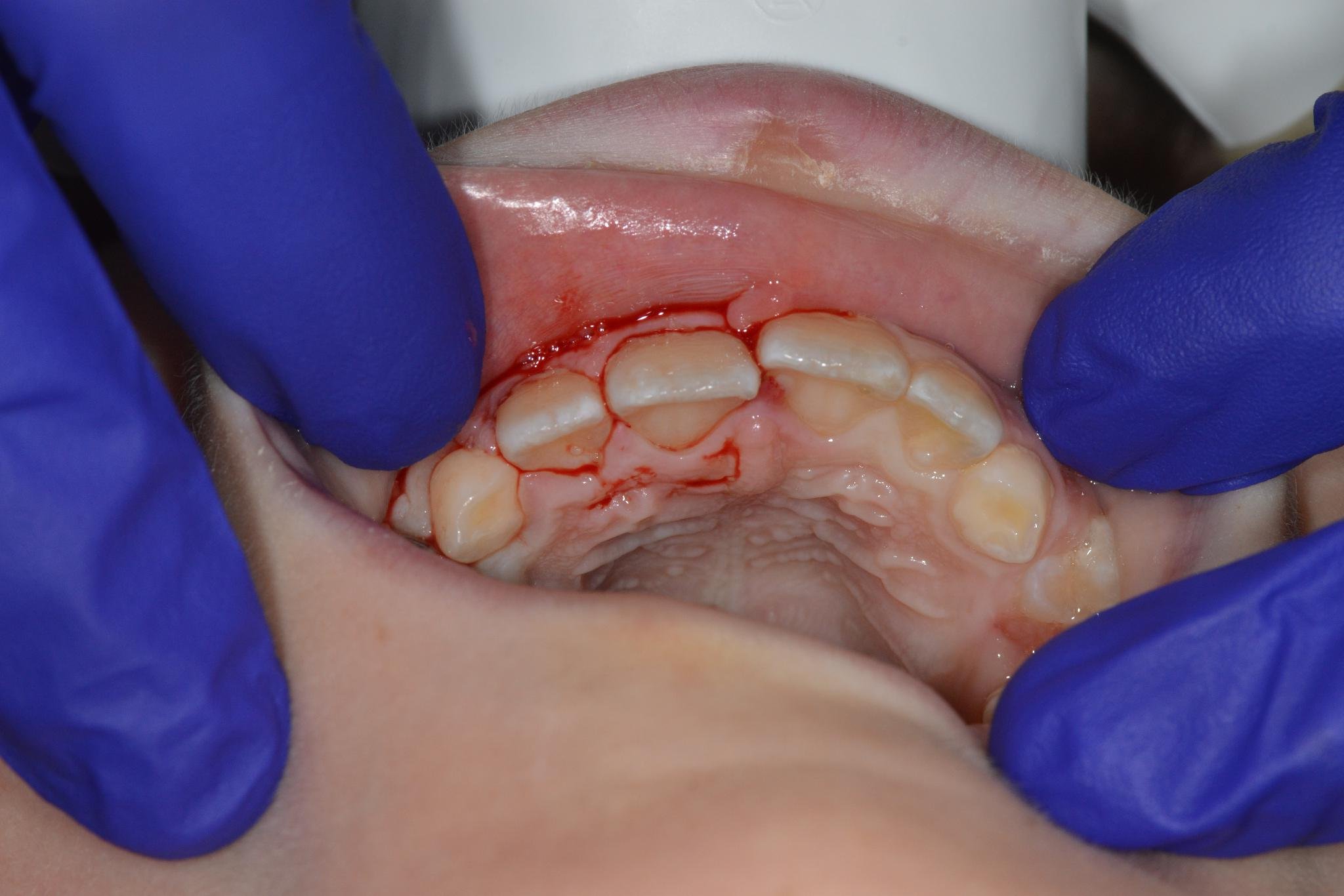What are the symptoms of tooth luxation?
Tooth luxation refers to the dislocation or displacement of a tooth from its socket. Symptoms can vary depending on the severity of the luxation. Common symptoms include:
- Tooth Mobility: The affected tooth may feel loose or wobbly.
- Displacement: The tooth might be visibly out of its normal position, either pushed inward or outward.
- Pain: There may be pain or discomfort in the affected tooth and surrounding area, especially when chewing or touching the tooth.
- Swelling: Swelling of the gums or surrounding tissues near the affected tooth.
- Bleeding: Gums around the displaced tooth may bleed, especially if the tooth is displaced or damaged.
- Sensitivity: Increased sensitivity to hot, cold, or sweet foods and beverages.
- Bite Changes: Difficulty in biting or chewing due to the misalignment of the affected tooth.
- Damage to Adjacent Teeth: In some cases, the adjacent teeth or supporting structures may also be damaged.
If you suspect tooth luxation, it’s important to seek prompt dental care to assess the extent of the injury and determine appropriate treatment.
What are the causes of tooth luxation?
Tooth luxation typically results from trauma or injury to the teeth and jaw. Common causes include:
- Accidents and Falls: Direct impact to the mouth or face from accidents, such as falls or sports injuries, can dislocate teeth.
- Physical Altercations: Bumps, blows, or hits to the face during physical altercations or fights can cause tooth luxation.
- Vehicle Accidents: Collisions or sudden impacts from vehicle accidents can lead to tooth dislocation.
- Sports Injuries: Contact sports or activities where there’s a risk of hitting the face, such as football, basketball, or hockey, can cause tooth luxation.
- Dental Procedures: Although less common, certain dental treatments or procedures might inadvertently cause trauma leading to tooth luxation.
- Jaw Fractures: Fractures or dislocations of the jaw can affect the position of the teeth and lead to luxation.
- Excessive Pressure: In some cases, excessive or forceful biting or chewing can displace a tooth, though this is less common.
- Previous Dental Issues: Weakening of the tooth-supporting structures due to untreated dental issues or infections can increase the risk of tooth luxation from minor trauma.
What is the treatment for tooth luxation?
The treatment for tooth luxation depends on the severity of the displacement and the specific type of luxation. Here’s a general approach:
- Immediate Care: If you or someone else experiences tooth luxation, seek dental care as soon as possible. In the meantime, manage pain and swelling with over-the-counter pain relievers and cold packs.
- Professional Evaluation: A dentist will assess the degree of luxation and the condition of the tooth and surrounding structures. They may use X-rays to evaluate the tooth’s position and any potential damage to the supporting bone or surrounding tissues.
- Repositioning: For some cases of luxation, the dentist may need to reposition the tooth back into its proper place. This should be done by a professional to avoid further damage.
- Splinting: The dentist may apply a splint to stabilize the tooth in its corrected position. This can be done with a wire or adhesive splint attached to adjacent teeth.
- Medication: Antibiotics may be prescribed if there is an associated risk of infection or if the tooth’s pulp is damaged. Pain relievers may also be recommended.
- Follow-Up Care: Regular follow-up visits are important to monitor the tooth’s healing and ensure that it remains properly positioned. The dentist will check for any signs of infection or complications.
- Endodontic Treatment: If the tooth’s pulp (inner nerve and blood vessels) is damaged, root canal treatment may be necessary to save the tooth.
- Restorative Treatment: In cases where there is significant damage or if the tooth cannot be saved, restorative procedures such as crowns or, in extreme cases, tooth replacement options might be needed.
Prompt treatment and follow-up care are crucial to preserving the tooth and ensuring optimal recovery.

Leave a Reply
You must be logged in to post a comment.